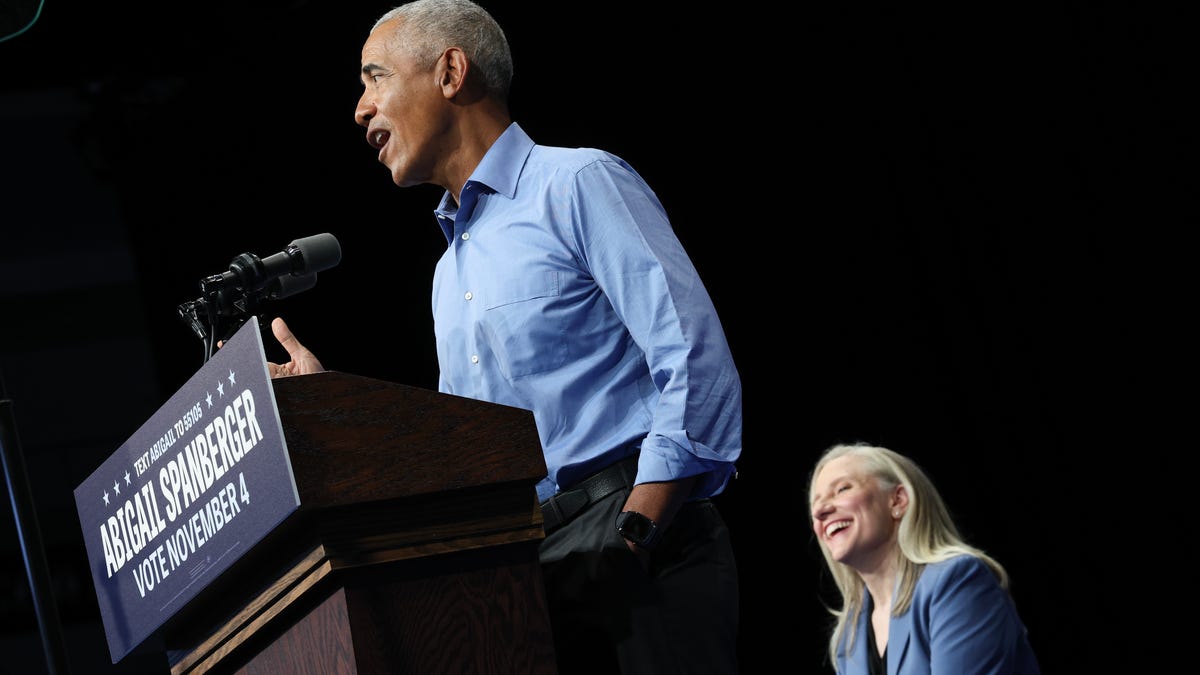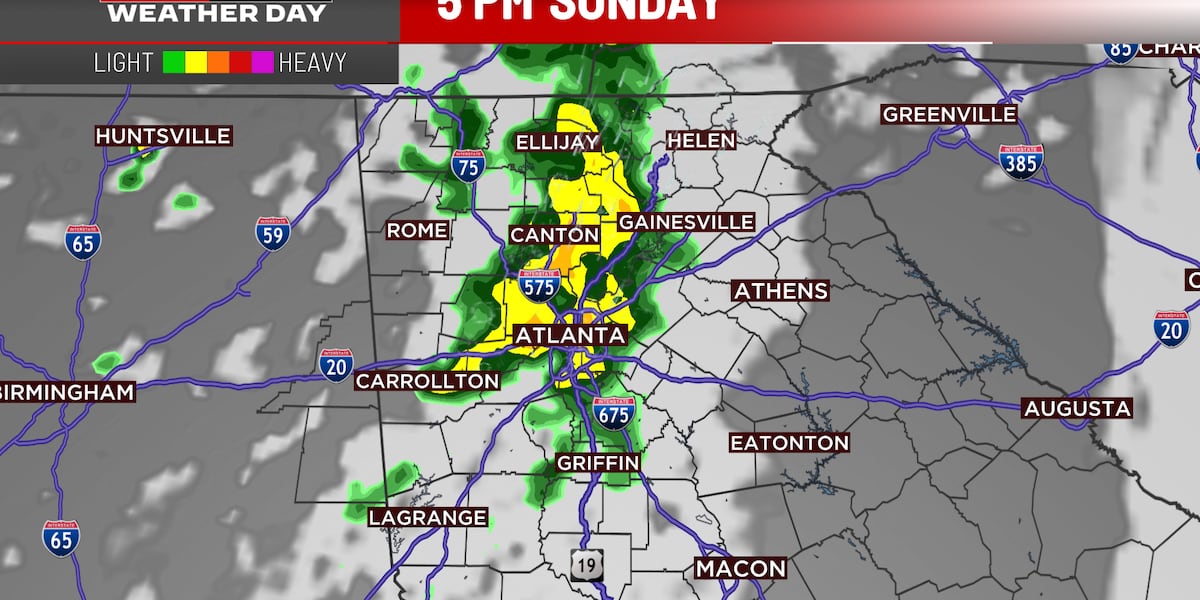World
Behind the Collision: Trump Jettisons Ukraine on His Way to a Larger Goal

After five weeks in which President Trump made clear his determination to scrap America’s traditional sources of power — its alliances among like-minded democracies — and return the country to an era of raw great-power negotiations, he left one question hanging: How far would he go in sacrificing Ukraine to his vision?
The remarkable shouting match that played out in front of the cameras early Friday afternoon from the Oval Office provided the answer.
As Mr. Trump admonished President Volodymyr Zelensky and warned him that “you don’t have the cards” to deal with President Vladimir V. Putin of Russia, and as Vice President JD Vance dressed down the Ukrainian leader as being “disrespectful” and ungrateful, it was clear that the three-year wartime partnership between Washington and Kyiv was shattered.
Whether it can be repaired, and whether a deal to provide the United States revenue from Ukrainian minerals that was the ostensible reason for the visit can be pieced back together, remains to be seen.
But the larger truth is that the venomous exchanges — broadcast not only to an astounded audience of Americans and Europeans who had never seen such open attacks on each other, but to Mr. Putin and his Kremlin aides — made evident that Mr. Trump regards Ukraine as an obstacle to what he sees as a far more vital project.
What Mr. Trump really wants, one senior European official said this week before the blowup, is a normalization of the relationship with Russia. If that means rewriting the history of Moscow’s illegal invasion three years ago, dropping investigations of Russian war crimes or refusing to offer Ukraine long-lasting security guarantees, then Mr. Trump, in this assessment of his intentions, is willing to make that deal.
To anyone listening carefully, that goal was bubbling just beneath the surface as Mr. Zelensky headed to Washington for his disastrous visit.
Secretary of State Marco Rubio — once a defender of Ukraine and its territorial sovereignty, now a convert to the Trump power plays — made clear in an interview with Breitbart News that it was time to move beyond the war in the interest of establishing a triangular relationship between the United States, Russia and China.
“We’re going to have disagreements with the Russians, but we have to have a relationship with both,” Mr. Rubio said. He carefully avoided any wording that would suggest, as he often said as a senator, that Russia was the aggressor, or that there was risk that, if not punished for its attack on Ukraine, it might next target a NATO nation.
“These are big, powerful countries with nuclear stockpiles,” he said of Russia and China. “They can project power globally. I think we have lost the concept of maturity and sanity in diplomatic relations.”
Mr. Trump makes no secret of his view that the post-World War II system, created by Washington, ate away at American power.
Above all else, that system prized relationships with allies committed to democratic capitalism, even maintaining those alliances that came with a cost to American consumers. It was a system that sought to avoid power grabs by making the observance of international law, and respect for established international boundaries, a goal unto itself.
To Mr. Trump, such a system gave smaller and less powerful countries leverage over the United States, leaving Americans to pick up far too much of the tab for defending allies and promoting their prosperity.
While his predecessors — both Democrats and Republicans — insisted that alliances in Europe and Asia were America’s greatest force multiplier, keeping the peace and allowing trade to flourish, Mr. Trump viewed them as a bleeding wound. In the 2016 presidential campaign, he repeatedly asked why America should defend countries running trade surpluses with the United States.
In the five weeks since his second inauguration, Mr. Trump has begun exercising a plan to destroy that system. It explains his demand that Denmark cede control of Greenland to the United States, and that Panama return a canal that Americans built. When asked how he could seize sovereign territory in Gaza for redevelopment in his plan for a “Riviera of the Middle East,” he shot back, “Under the U.S. authority.”
But Ukraine was always a more complicated case. Only 26 months ago, Mr. Zelensky was feted in Washington as a warrior for democracy, invited to address a joint meeting of Congress and applauded by Democrats and Republicans alike for standing up to bald aggression by a murderous foe.
Mr. Trump and Mr. Vance had signaled for months that in their minds the American commitment to Ukraine’s sovereignty was over. Three weeks ago, Mr. Trump told an interviewer that Ukraine, a former Soviet republic that had embraced its independence, built close ties to Western Europe and sought to join NATO, “may be Russian someday.”
To the shock of America’s allies, Mr. Vance traveled to the Munich Security Conference two weeks ago and said nothing about assuring that any armistice or cease-fire would come with security guarantees for Ukraine, or about Russia paying any price for its invasion.
Instead, Mr. Vance seemed to embrace the rising far-right party in Germany and its counterparts throughout Europe. Gone was the Biden-era talk about sticking with Ukraine “as long as it takes” to deter any temptation by Russia to carry the war farther West.
Mr. Zelensky saw all this, of course — he was at Munich, too — but clearly he did not read the room the way his European supporters did. While President Emmanuel Macron of France and Prime Minister Keir Starmer of Britain preceded him to the Oval Office with elaborate plans to placate Mr. Trump, and explain how Europe was stepping up its own military spending, Mr. Zelensky took the bait, especially when Mr. Vance began mocking Ukraine’s efforts to recruit troops.
He got combative, telling Mr. Trump that the oceans between America and Russia would not protect it forever. Mr. Trump raised his voice, and told the Ukrainian that he would be lucky just to get a cease-fire, suggesting that any terms — or no terms — would be better than his inevitable defeat.
“I want to see guarantees,” Mr. Zelensky retorted. And minutes later, he left the White House, his luncheon of rosemary roasted chicken and creme brulee uneaten, the minerals deal unsigned and his country’s future ability to fend off a renewed Russian push to topple Kyiv in doubt.
Almost immediately, the world retreated to its familiar corners.
Mr. Macron, siding with the Ukrainian leader, urged that the West thank the Ukrainians for being the forward defense of freedom. He was joined by the nervous Eastern Europeans, led by Poland, Lithuania and Latvia. But in private, several European diplomats said they thought the damage might be irreparable.
The Russians celebrated their good luck. Former President Dmitri A. Medvedev thanked Mr. Trump for “telling the truth” to Mr. Zelensky’s face. He urged him to suspend remaining American aid.
Mr. Rubio was among the first to congratulate the president for putting in his place a man the secretary of state used to applaud as a modern-day Churchill in a T-shirt.
“Thank you @POTUS for standing up for America in a way that no President has ever had the courage to do before,” Mr. Rubio wrote on social media. “Thank you for putting America First.”
Of course, it is far easier to repeat Mr. Trump’s favorite slogan, and to blow up an existing world order, than to create a new one. It took decades to assemble the post-World War II rules of global engagement, and for all its faults, the system succeeded at its primary objectives: avoiding great power war and encouraging economic interdependence.
Mr. Trump has never articulated at any length what he would replace those rules with, other than that he would use America’s military and economic power to strike deals — essentially an argument that keeping the peace is as simple as weaving together minerals agreements and trade pacts, maybe with a few real estate transactions thrown in.
There is little precedent to suggest that approach alone works, especially in dealing with authoritarian leaders like Mr. Putin and President Xi Jinping of China, who take a long view in dealing with democracies that they view as lacking the sustained will necessary to achieve difficult objectives.
But judging by Friday’s display in the Oval Office, Mr. Trump seems convinced that as long as he is at the helm, the world will order itself as he commands.

World
SNAP benefits cut off during shutdown, driving long lines at food pantries
LOUISVILLE, Ky. (AP) — People across the country formed long lines for free meals and groceries at food pantries and drive-through giveaways Saturday, after monthly benefits through the federal Supplemental Nutrition Assistance Program, or SNAP, were suddenly cut off because of the ongoing government shutdown.
In the New York borough of the Bronx, about 200 more people than usual showed up at the World of Life Christian Fellowship International pantry, many bundled in winter hats and coats and pushing collapsible shopping carts as they waited in a line that spanned multiple city blocks. Some arrived as early as 4 a.m. to choose from pallets of fruits, vegetables, bread, milk, juice, dry goods and prepared sandwiches.
Mary Martin, who volunteers at the pantry, also relies on it regularly for food to supplement her SNAP payments. She said she usually splits her roughly $200 a month in SNAP benefits between herself and her two adult sons, one of whom has six children and is especially dependent on the assistance.
“If I didn’t have the pantry to come to, I don’t know how we would make it,” Martin said.
“I’m not gonna see my grandkids suffer.”
The Department of Agriculture planned to withhold payments to the food program starting Saturday until two federal judges ordered the administration to make them. However it was unclear as to when the debit cards that beneficiaries use could be reloaded after the ruling, sparking fear and confusion among many recipients.
In an apparent response to President Donald Trump, who said he would provide the money but wanted more legal direction from the court, U.S. District Judge John J. McConnell in Rhode Island ordered the government to report back by Monday on how it would fund SNAP accounts.
McConnell, who was nominated by President Barack Obama, said the Trump administration must either make a full payment by that day or, if it decides to tap $3 billion in a contingency fund, figure out how to do that by Wednesday.
The delay in SNAP payments, a major piece of the nation’s social safety net that serves about 42 million people, has highlighted the financial vulnerabilities that many face. At the Bronx food pantry, the Rev. John Udo-Okon said “people from all walks of life” are seeking help now.
“The pantry is no longer for the poor, for the elderly, for the needy. The pantry now is for the whole community, everybody,” Udo-Okon said. “You see people will drive in their car and come and park and wait to see if they can get food.”
In Austell, Georgia, people in hundreds of cars in drive-through lanes picked up nonperishable and perishable bags of food. Must Ministries said it handed out food to about 1,000 people, more than a typical bimonthly food delivery.
Families in line said they worried about not getting SNAP benefits in time for Thanksgiving.
At a drive-through food giveaway at the Calvary Baptist Church in Louisville, Kentucky, SNAP recipient James Jackson, 74, said he is frustrated that people are being hurt by decisions made in Washington and lawmakers should try harder to understand challenges brought by poverty and food insecurity.
“If you’ve never been poor, you don’t know what it is to be poor,” Jackson said. “I hope that it turns around. I hope that people get their SNAP benefits, and I hope we just come together where we can love each other and feed each other and help each other.”
While there is typically a long line for Calvary Baptist Church’s drive-through events, the Rev. Samuel L. Whitlow said, the walk-in food pantry has seen increased demand recently with roughly 60 additional people showing up this week.
And in Norwich, Connecticut, the St. Vincent De Paul soup kitchen and food pantry had 10 extra volunteers working Saturday to help a wave of expected newcomers, making sure they felt comfortable and understood the services available. Besides groceries and hot meals, the site was providing pet food, toiletries and blood pressure checks.
“They’re embarrassed. They have shame. So you have to deal with that as well,” director Jill Corbin said. “But we do our best to just try to welcome people.”
___
Haigh reported from Norwich, Connecticut. Associated Press photographer Mike Stewart in Austell, Georgia, contributed.
World
Rubio slams Hamas after video shows suspected operatives looting Gaza aid truck: ‘They’re the impediment’
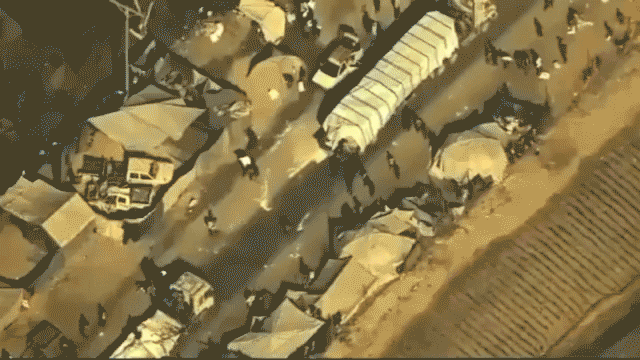
NEWYou can now listen to Fox News articles!
Secretary of State Marco Rubio blasted Hamas on Saturday after a U.S. military drone video surfaced showing suspected operatives of the terror group looting a truck carrying humanitarian aid bound for civilians in Gaza.
The video, released by U.S. Central Command (CENTCOM), shows suspected Hamas operatives attacking the driver of an aid truck Friday and dragging him to the road’s median, before fleeing the scene with both the vehicle and its cargo.
“Hamas continues to deprive the people of Gaza of the humanitarian aid they desperately need,” Rubio wrote on X. “This theft undermines international efforts in support of President Trump’s 20 Point Plan to deliver critical assistance to innocent civilians.”
NEW STUDY SAYS AID THEFT BY TERROR GROUPS AND REGIMES IS PROLONGING GLOBAL CONFLICTS
Rubio said Hamas itself remains “the impediment” — accusing the terror group of blocking relief intended for civilians.
The video, released by U.S. Central Command (CENTCOM), shows suspected Hamas operatives attacking the driver of an aid truck, dragging him to the road’s median, and then fleeing the scene with both the vehicle and its cargo. (U.S. CENTCOM via X)
“They must lay down their arms and stop their looting so that Gaza can have a brighter future,” he added.
The truck was part of a humanitarian convoy carrying supplies from international partners to Gazans in northern Khan Younis, according to CENTCOM.
The incident was captured on video surveillance by the Civil-Military Coordination Center (CMCC) using a U.S. MQ-9 drone that was monitoring the implementation of the ceasefire between Hamas and Israel, the command noted.
ISRAELI PRIME MINISTER NETANYAHU ORDERS ‘IMMEDIATE AND POWERFUL STRIKES IN THE GAZA STRIP’
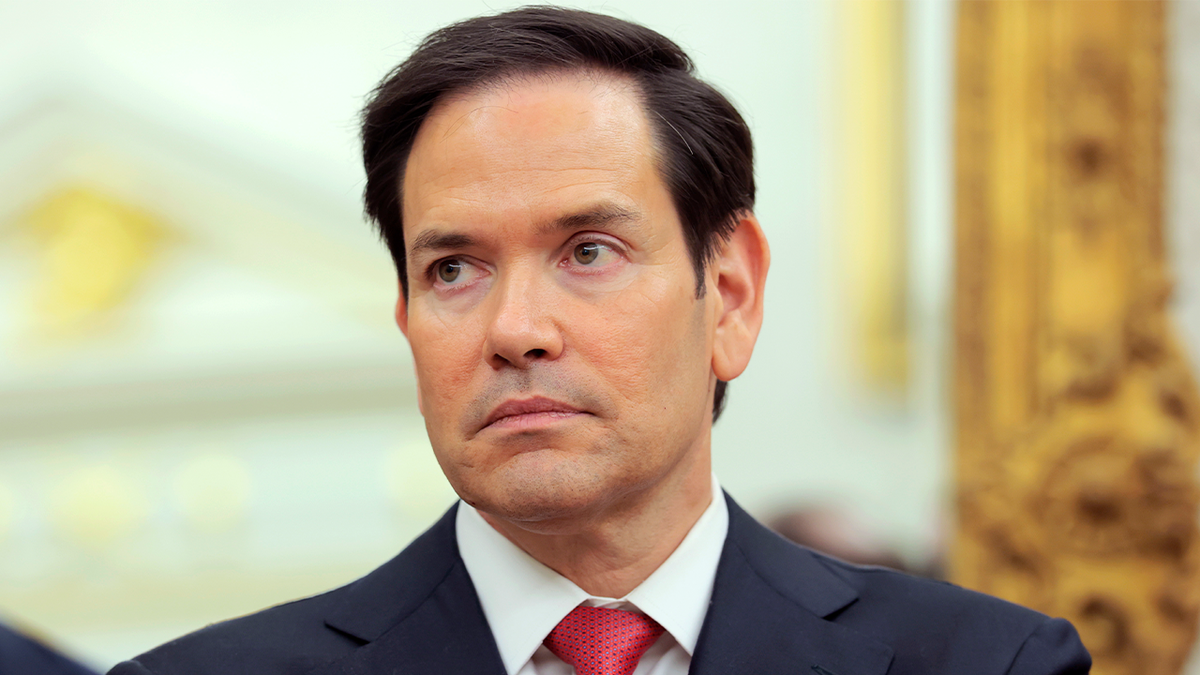
Secretary of State Marco Rubio blasted Hamas on Saturday after drone video surfaced showing suspected operatives of the terror group looting a truck carrying humanitarian aid bound for civilians in Gaza. (Anna Moneymaker/Getty Images)
“Operatives attacked the driver and stole the aid and truck after moving the driver to the road’s median,” CENTCOM posted to X. “The driver’s current status is unknown.”
Nearly 40 nations and international organizations are coordinating humanitarian, logistical and security assistance for Gaza through the CMCC, the command said.
“Over the past week, international partners have delivered more than 600 trucks of commercial goods and aid into Gaza daily,” CENTCOM wrote. “This incident undermines these efforts.”
TRUMP GIVES HAMAS 48 HOURS TO RETURN ALL DECEASED GAZA HOSTAGES, OR ‘OTHER COUNTRIES WILL TAKE ACTION’

Nearly 40 nations and international organizations are coordinating humanitarian, logistical and security assistance for Gaza through the CMCC, according to CENTCOM. (Khames Alrefi/Anadolu via Getty Images)
CLICK HERE TO DOWNLOAD THE FOX NEWS APP
The CMCC, located in southern Israel, officially opened on Oct. 17, marking the establishment of a central hub for Gaza aid just days after a ceasefire between Israel and Hamas went into effect.
The center serves as the main hub for Gaza stabilization efforts and includes an operations floor designed to track real-time developments inside Gaza.
Data published in August by the United Nations Office for Project Services (UNOPS) showed that most of its aid entering the war-torn Gaza Strip had been looted inside the Palestinian territory.
Fox News Digital’s Rachel Wolf and Ruth Marks Eglash contributed to this report.
World
Sandu calls on the EU to provide 'clarity and engagement' for Moldova’s accession
The EU has praised Moldova’s efforts towards European integration. But the country, which filed its bid to join the EU almost at the same time as Ukraine, is now caught in the crossfire of Hungary’s veto against Kyiv.
Its president Maia Sandu calls for clarity in comments to Euronews.
-

 New York1 week ago
New York1 week agoVideo: How Mamdani Has Evolved in the Mayoral Race
-

 News1 week ago
News1 week agoVideo: Inside Our Reporter’s Collection of Guantánamo Portraits
-
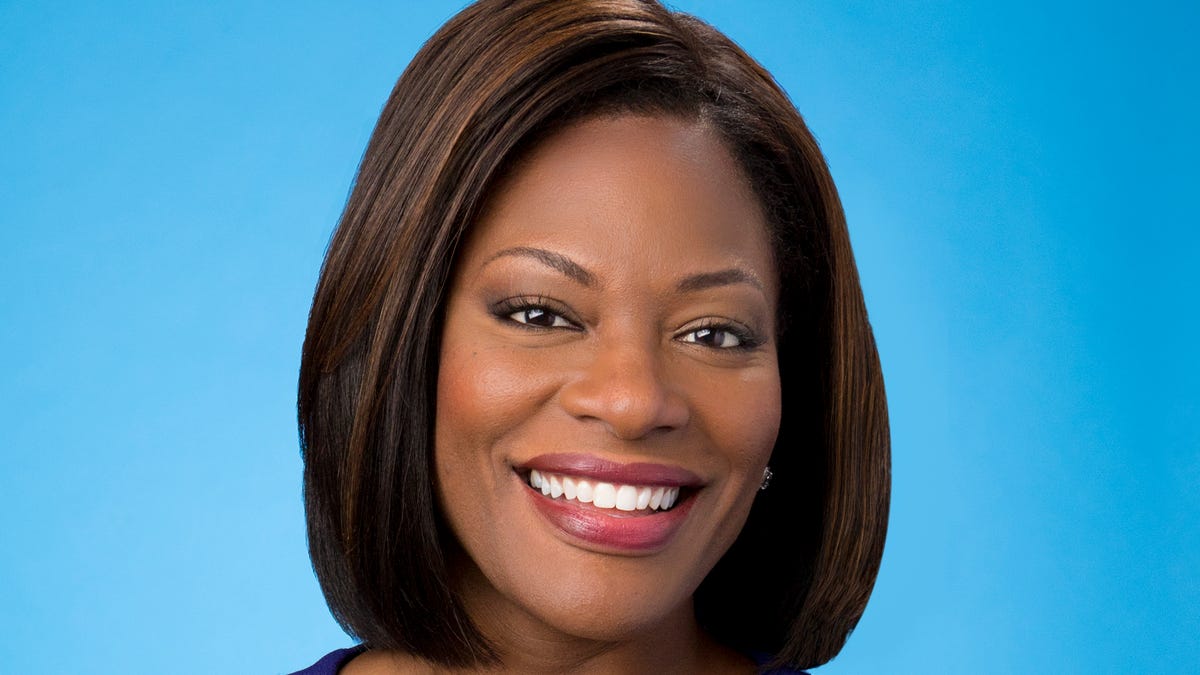
 Milwaukee, WI4 days ago
Milwaukee, WI4 days agoLongtime anchor Shannon Sims is leaving Milwaukee’s WTMJ-TV (Channel 4)
-

 News5 days ago
News5 days agoWith food stamps set to dry up Nov. 1, SNAP recipients say they fear what’s next
-

 Alabama6 days ago
Alabama6 days agoHow did former Alabama basketball star Mark Sears do in NBA debut with Milwaukee Bucks?
-
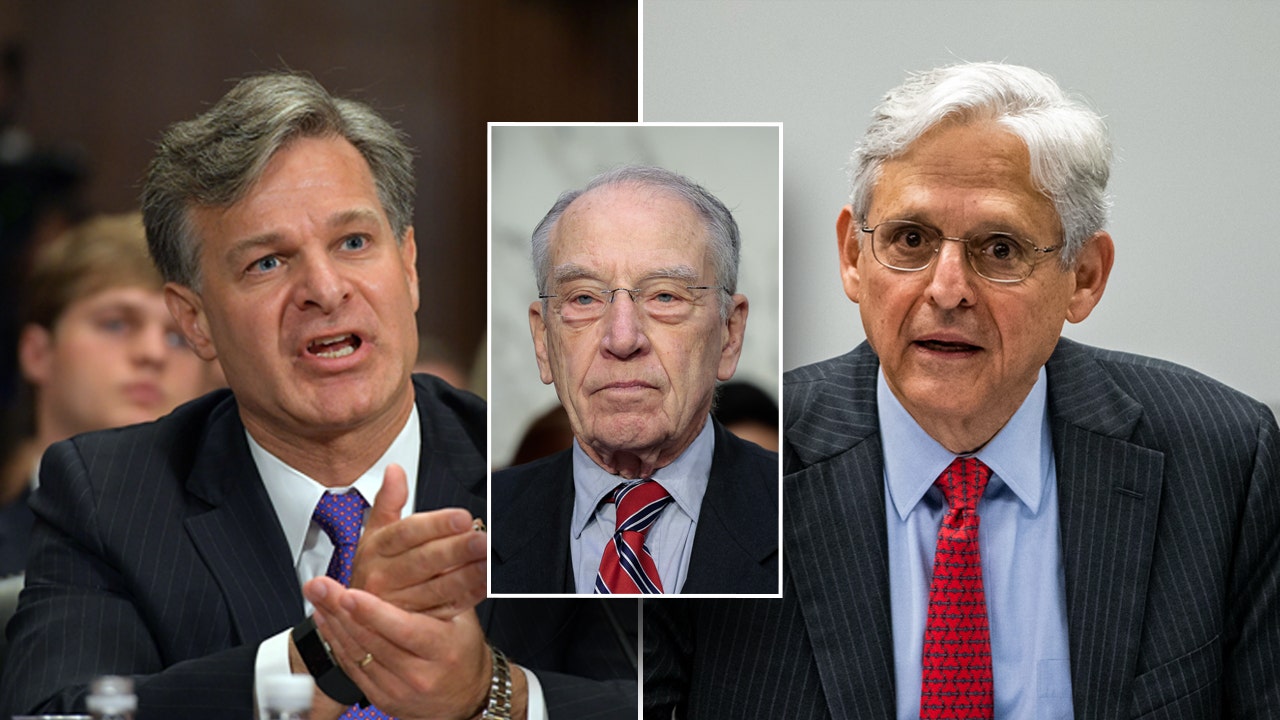
 Politics1 week ago
Politics1 week agoGrassley releases memo showing DOJ ‘unleashed unchecked government power’ on Trump associates
-

 News1 week ago
News1 week agoMap: Minor Earthquake Strikes Southern California
-

 World1 week ago
World1 week agoTrump says all trade talks with Canada are terminated over Reagan ad
